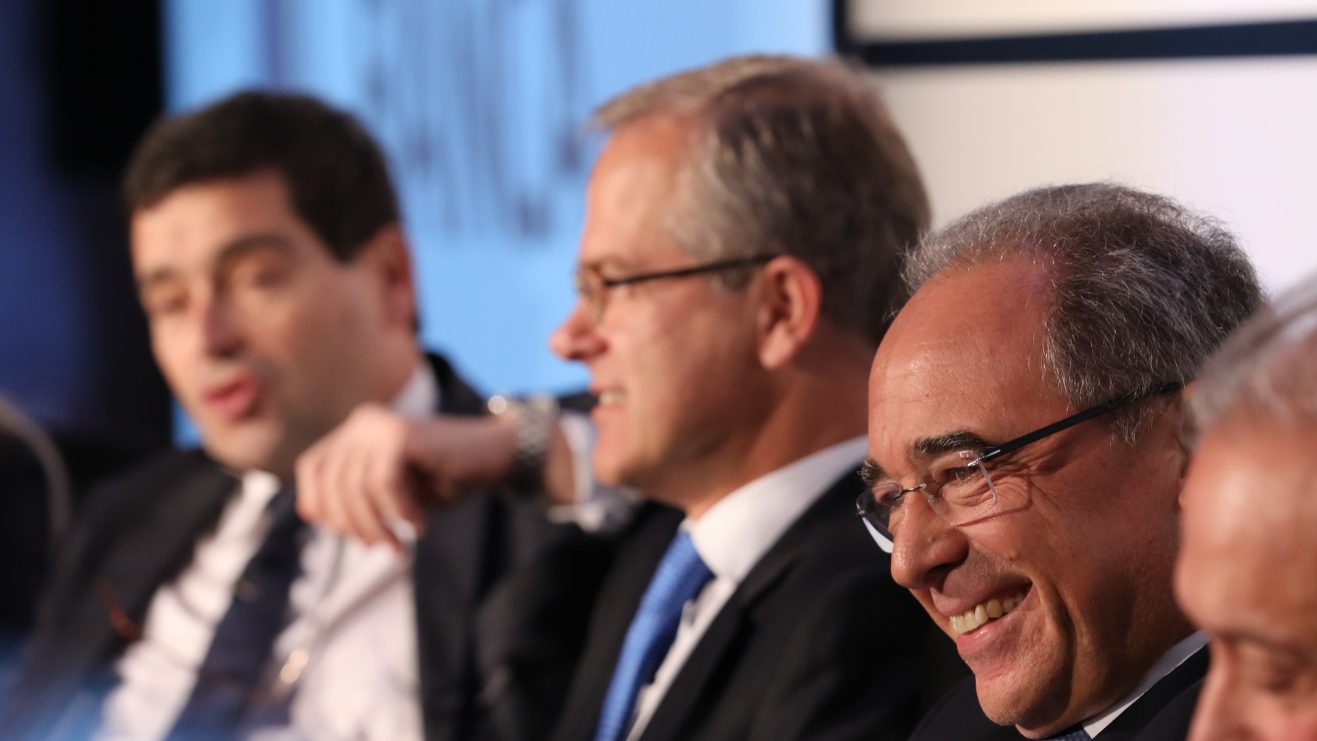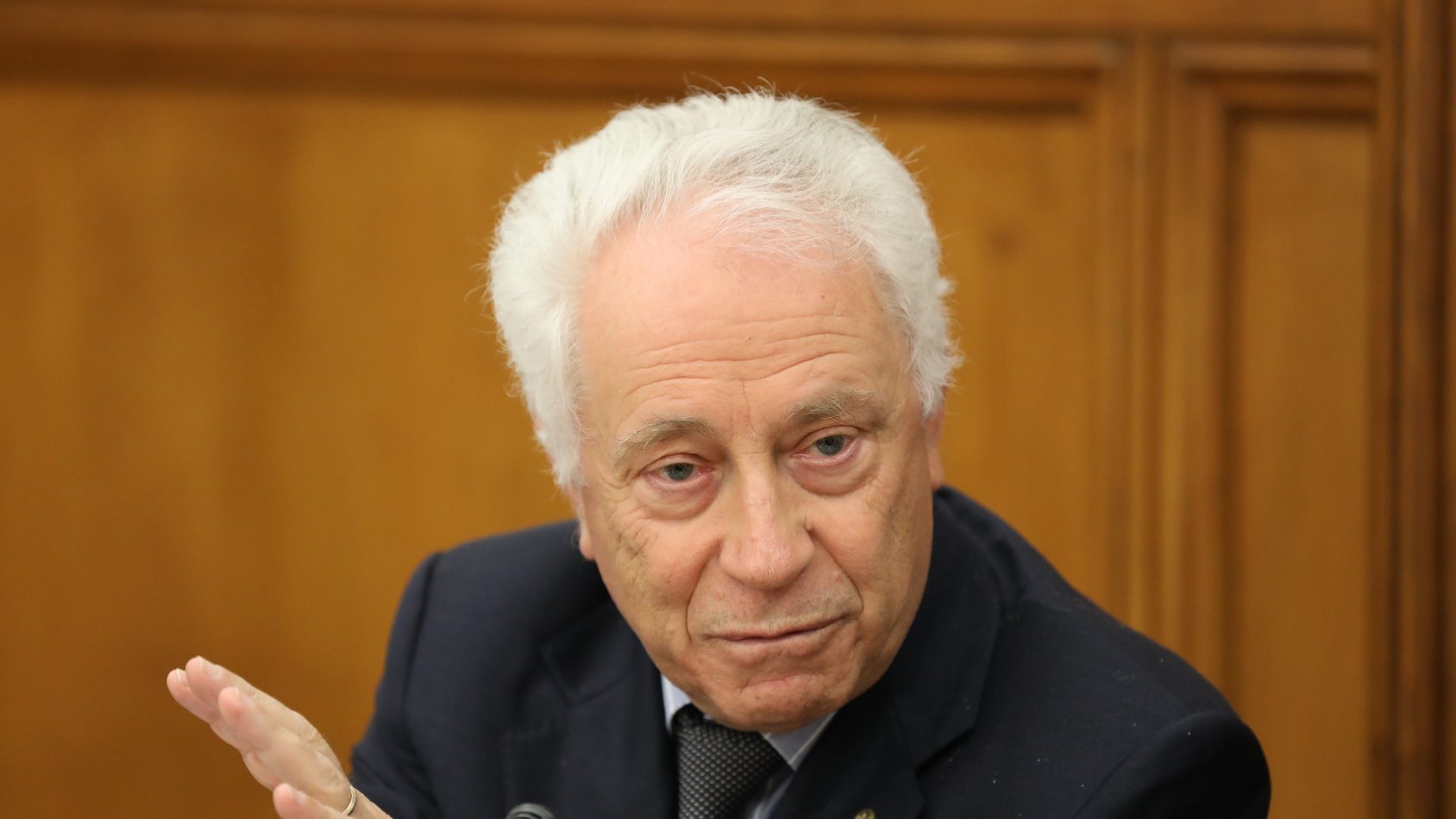Platform aims to solve nonperforming loans in six months
By the end of the year, this Platform will be a reality. It is now gathering technicians to be able to solve NPLs, with the intention of presenting results in the end of the first quarter of 2018.

The Platform to Manage Banking Credits, known as ACE, will be created very soon. Caixa Geral de Depósitos (CGD), BCP and Novo Banco (NB) have already sign a memorandum of understanding to put this mechanism into operation. According to a joint press release from the three institutions, this platform will start off by only managing individual credits assessed in over five million euros. ECO knows the expectation is to shrink to six months the average waiting time to have those credits restructured. Results will start being seen in the end of the first quarter of 2018.
CGD, BCP and NB “have stated their intention to create the Platform, with the purpose of setting an integrated management of a set of credits, which hold on common debtors and classified as NPE (Non Performing Exposures)“. Once this Platform is official, each bank will present a list of the proceedings they want to solve through this mechanism; those lists should be received by ACE until the end of 2017.
In the beginning, the platform will only manage those credits whose aggregate nominal value on each eligible debtor “is, per rule, equal to or greater than five million euros“. The assets independently managed by this platform will remain in the banks’ balance.
The executive board team, headed by José Manuel Correia, will analyse whether or not that proposal meets the eligibility criteria. If it does, it will be presented to other banks: two out of the three financial institutions are enough to enable the proceeding to be dealt with in the headquarters of the platform. The restructuring process usually takes 18 months, but since one of ACE’s goals is to “accelerate and facilitate the debtors’ negotiation process with the banks, aiming to corporate restructuring”, the goal is to shrink the conclusion of the restructuring process to six months.
The platform will then make a diagnosis of those NPEs and come up with strategies and measures to recover the company. Lastly, the proposal is presented to the restructuring committee for further approval. This committee might be headed by Esmeralda Dourado along with two other independent members. Their saying accounts for one third of the voting — leaving the other two thirds to the banks. Because the voting is done by simple majority, it is enough that three independent members are joined by one of the banks to get 51% of the votes and be able to restructure those defaulted loans. However, the weight of each bank’s voting depends on the “slice” of the amount they want to restructure.
ACE’s major concern is regulation: the European Central Bank (ECB) needs to quickly validate these changes in order to be able to stop considering these proceedings as defaulted loans. This way, they will no longer weigh in on banks’ ratios.
ECO also knows some investors are already interested in the assets which will be solved by this mechanism. The door is not closed to speculative funds, but the focus is on investors who want to help the viability of companies whose debt has been restructured.




